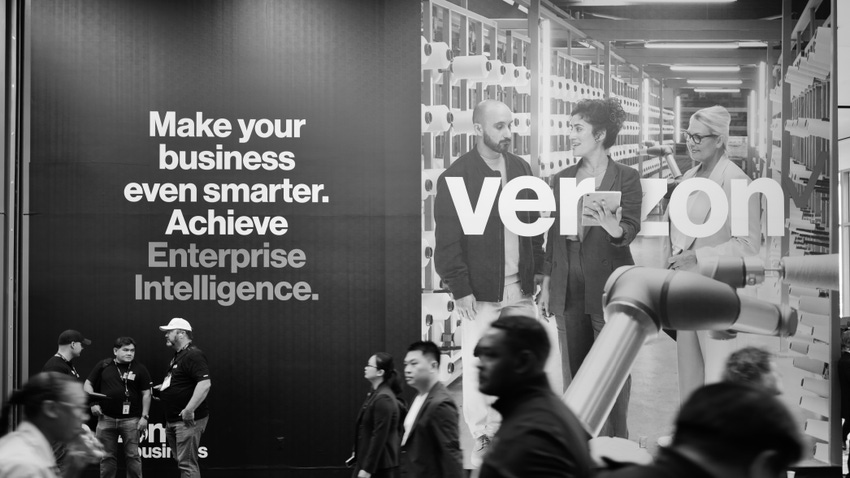Verizon shows mobile customer gains, promises AI opportunities
Verizon lost 158,000 wireless retail postpaid phone customers during the first quarter, but that was far better than figures the company reported in the same quarter a year ago.

Verizon reported its best first quarter performance among mobile consumers since 2018, earning the company cheers from some financial analysts. And Verizon's CEO Hans Vestberg said the company sees some long-term opportunities in running generative AI services on its edge computing infrastructure.
But investors still seem slightly wary of Verizon's prospects, considering the company's shares fell slightly in trading after the release of the company's first quarter results, dropping roughly 4% to around $39 per share.
Nonetheless, Verizon's management remained upbeat, boasting of the company's improving metrics and financial footing.
CEO Vestberg reiterated that Verizon still expects to stem years of customer losses in its "consumer" business unit, which sells wireless services to retail customers. He said the company expects to end 2024 with overall growth among its retail postpaid phone customers.
Along those lines, Verizon reported the loss of 158,000 wireless retail postpaid phone customers, an improvement over the 263,000 losses the company reported in the same quarter a year ago. That was also better than what most financial analysts had expected.
"Verizon posted healthy and broadly in line 1Q24 results, with highlights including upside to postpaid phone net adds," the financial analysts at Evercore ISI wrote in a note to investors following the release of Verizon's first quarter results.
Verizon posted total wireless service revenues of $19.5 billion during the period, up 3.3% year-over-year. Contributing to that figure were Verizon's recent pricing increases, its fixed wireless offerings and efforts to encourage customers to subscribe to its more expensive smartphone plans.
The AI angle
During Verizon's earnings call, Vestberg said Verizon sees three broad strategies for generative AI:
Optimizing its internal processes, such as improving fuel efficiency for Verizon's vehicle fleet.
Enhancing its products, such as using AI to help customers personalize their service plans.
Establishing AI-based revenue streams.
On that last one, Vestberg explained that Verizon's network of edge computing locations could be used to run generative AI services that sport low latency connections. "Generative AI workloads represent a great long term opportunity for us," Vestberg said.
As Light Reading has previously reported, early investments into advanced artificial intelligence services will be funneled into large data centers and won't involve edge computing, according to industry executives and analysts. But that may change in the future as those AI learning models shift to an "inference" design geared toward the speedy delivery of AI capabilities to end users.
"What I'm adding now is our opportunities in AI," Vestberg said Monday on Verizon's earnings call. "This is a great long term opportunity for us ... We are a long term company."
Verizon embarked on a major edge computing push with Amazon Web Services (AWS) in 2019. By 2022, Verizon counted almost two dozen public edge computing sites. Today, on Verizon's website, those sites are listed as "5G edge" locations, providing coverage rings that, in some cases, cover multiple US states.
Verizon and other edge computing advocates have acknowledged that sales of the technology have been slower than expected. But players in the space have signaled hope that AI might rekindle demand for edge services.
About the Author(s)
You May Also Like












